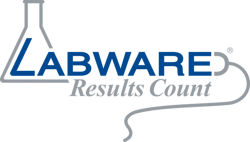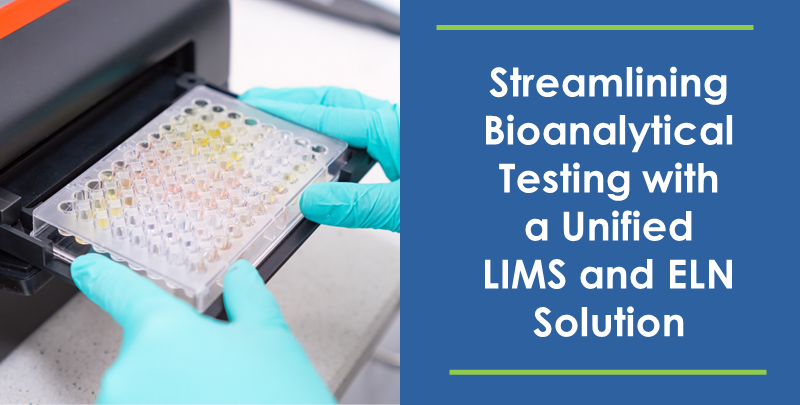
Integrating the Internet of Things (IoT) into laboratory environments represents a crucial shift in the constantly evolving world of scientific discovery, paving the way for a more interconnected and efficient future that's more interconnected and efficient. A recent LabWare workshop illuminated the transformative impact of IoT—or, as aptly coined, the Internet of Laboratory Things (IoLT)—on the laboratory world, revealing a landscape where devices communicate seamlessly, enhancing operational efficiency and paving the way for groundbreaking advancements.
The Essence of IoLT
At its core, IoLT is a network of devices that exchange data autonomously, a leap beyond traditional human-to-device interactions. This network encompasses everything from room thermometers linked to weather forecasts online to intelligent vehicles that harness navigation and weather data to optimize routes. Notably, this innovation has led to a scenario where devices connected to the internet outnumber internet users themselves.
In the laboratory setting, IoLT facilitates a dialogue between various instruments, such as analytical devices and barcode printers, automating processes like lab testing and quality control. This capability extends to equipment outfitted with Bluetooth and Wi-Fi and even glassware tagged electronically, enabling a seamless flow of data to Laboratory Information Management Systems (LIMS) and other business solutions.
IoLT in Practice
Imagine printing a label or obtaining a precise analytical balance reading without a physical connection between devices. This is IoLT in action, offering a glimpse into a future where technological barriers in laboratories dissolve, yielding unprecedented efficiency and accuracy.
The Technological Backbone of IoLT
The successful implementation of IoLT hinges on three fundamental components:
- Transport: The technological means of transmitting information, whether via the internet or direct device-to-device connections, using Bluetooth, Wi-Fi, or specialized application programming interfaces (APIs).
- Message Format: The language in which data is communicated, ensuring mutual understanding between sender and receiver. Adherence to standards like analytical information markup language (AnIML) and the Consortium for Standardization in Lab Automation (SiLA)simplifies this process, fostering universal comprehension across diverse systems.
- Interaction Methods: The strategies devices employ to exchange messages encompass communication mechanics (such as push or pull mechanisms) and the synchronization or duplication of data across devices.
Navigating the Challenges
The journey towards a fully integrated IoLT landscape has its challenges. Organizations often juggle multiple network environments, needing seamless integration for optimal device functionality. Installing new devices raises questions of compatibility and ease of integration, while the temporary unavailability of critical devices poses further operational challenges. Moreover, the architecture of device connections—whether relying on built-in components or additional vendor-supplied hardware—affects overall system efficacy.
Security remains paramount, as the strength of a network is contingent upon its most vulnerable link. From a regulatory standpoint, device qualification, and interface validation are critical to ensuring compliance and maintaining the highest standards of operational integrity.
The Cost of Connectivity
IoLT promises substantial benefits, from enhanced efficiency to improved data accuracy. While embracing IoLT requires an initial investment in connectivity infrastructure, organizations can view this as a strategic opportunity to lay the groundwork for long-term success. Without connectivity, people must act as the interface. This also adds the cost of constant reviews since each human interaction can lead to errors. By carefully evaluating the potential returns against the upfront costs, businesses can make informed decisions about venturing into the IoLT domain.
Outlook
Peering into the potential future of IoLT, we see that laboratory innovation is on the brink of significant transformation. The burgeoning integration of IoLT promises to redefine current practices and unlock a realm of possibilities once confined to the imagination.
We expect the seamless integration of laboratory devices and systems to reach new heights. Automation will extend beyond routine tasks, encompassing complex analytical processes that traditionally require high levels of expertise. This evolution will bring faster decision-making and free researchers to focus on creative and strategic activities, accelerating scientific discovery.
The convergence of IoLT with artificial intelligence (AI) and machine learning (ML) technologies heralds a new era of smart laboratories. AI-driven analytics can process vast amounts of data, finding patterns and insights that are impossible for humans to discern unaided. This constructive interaction could lead to developing predictive models for experimental outcomes, optimizing research efficiency and effectiveness.
The future of IoLT also promises to break down geographical barriers, enabling unprecedented levels of collaboration. Cloud-based platforms and virtual laboratories will allow scientists worldwide to share data and insights in real-time, fostering a more inclusive and diverse scientific community. This global network of laboratories connected through IoLT will accelerate the dissemination of breakthroughs and best practices, democratizing access to innovative research.
Conclusion
The recent LabWare workshop, centered on the Internet of Laboratory Things (IoLT) concept, has highlighted the immense potential and inherent challenges associated with integrating IoT within the laboratory environment. As we find ourselves on the cusp of this technological revolution, it becomes increasingly clear that IoLT presents a clear pathway to a more interconnected, efficient, and innovative scientific research and development future. The journey toward fully embracing IoLT is both thrilling and intimidating. However, the prospect of revolutionizing laboratory practices for the better makes it a pursuit well worth undertaking.
For more insights and to explore how IoLT can revolutionize your laboratory operations, contact us now or meet the LabWare team at an upcoming industry event.
















